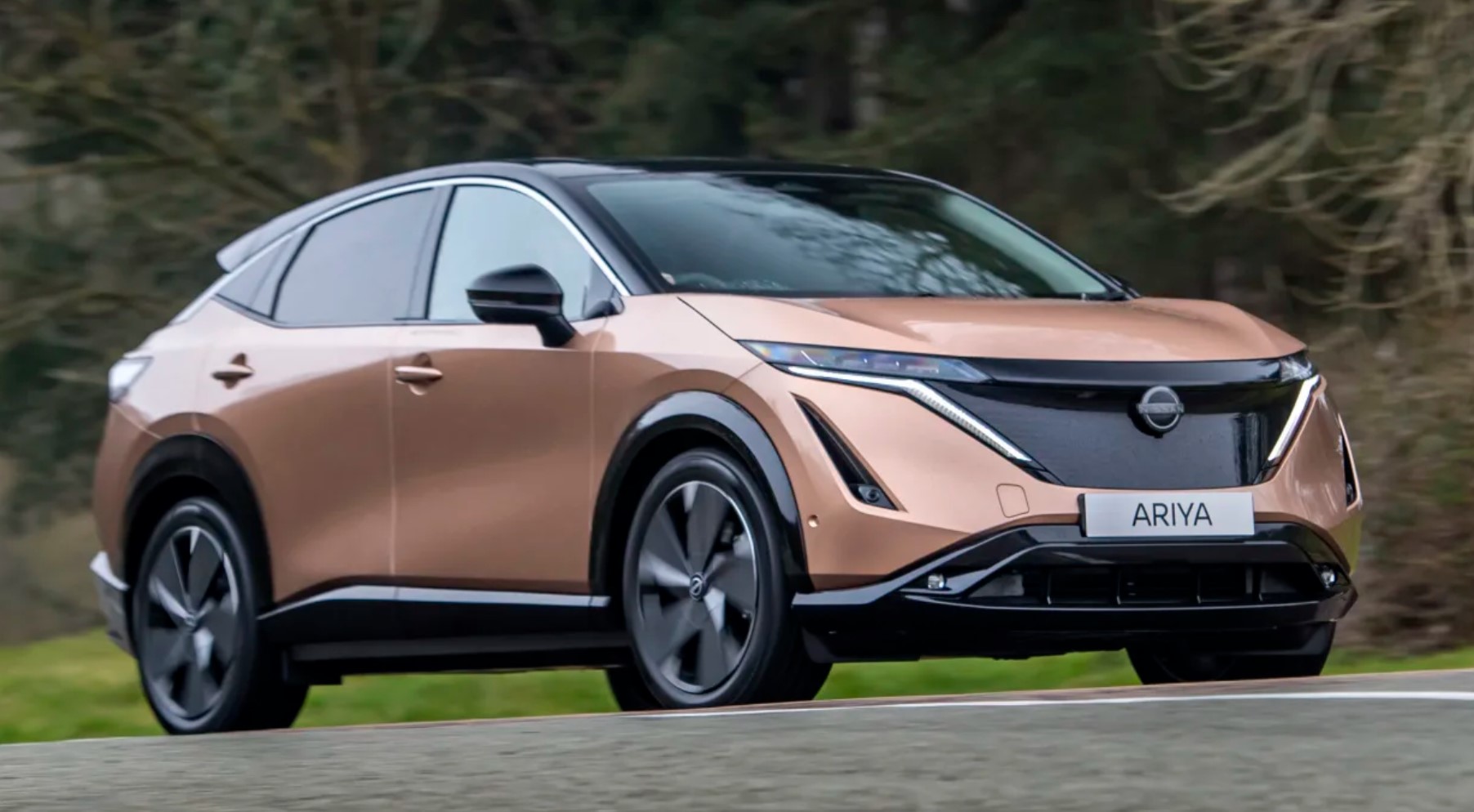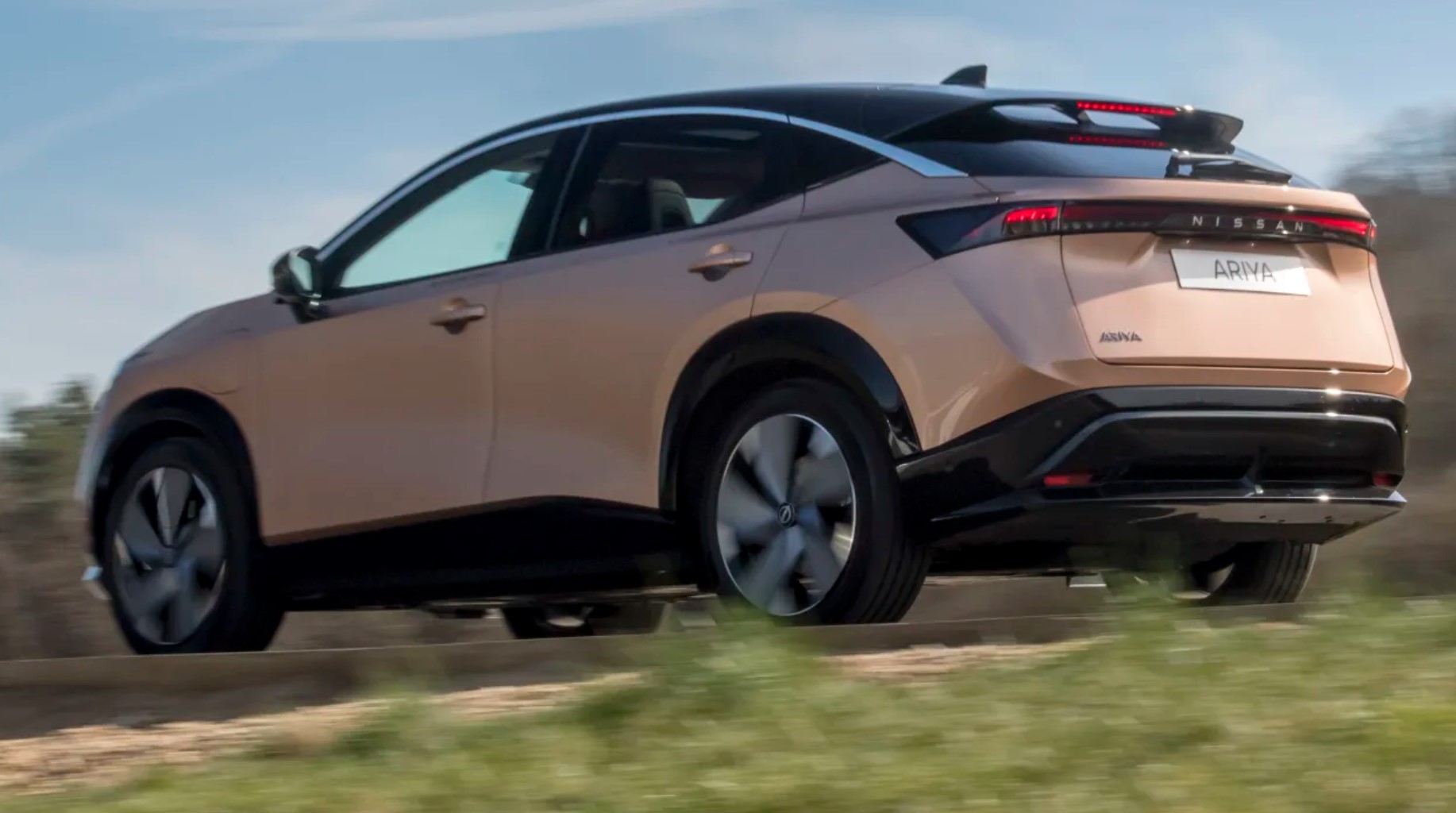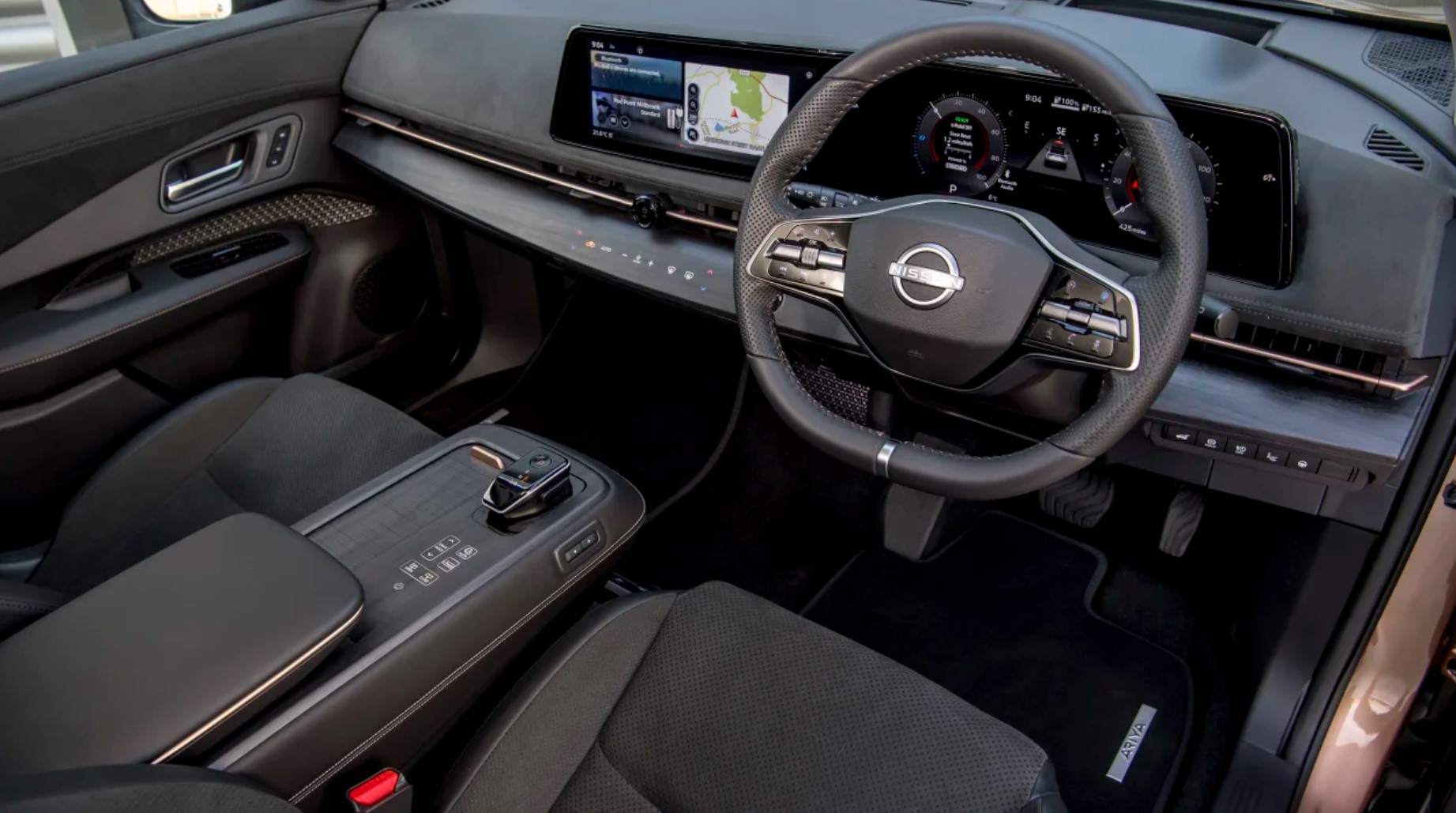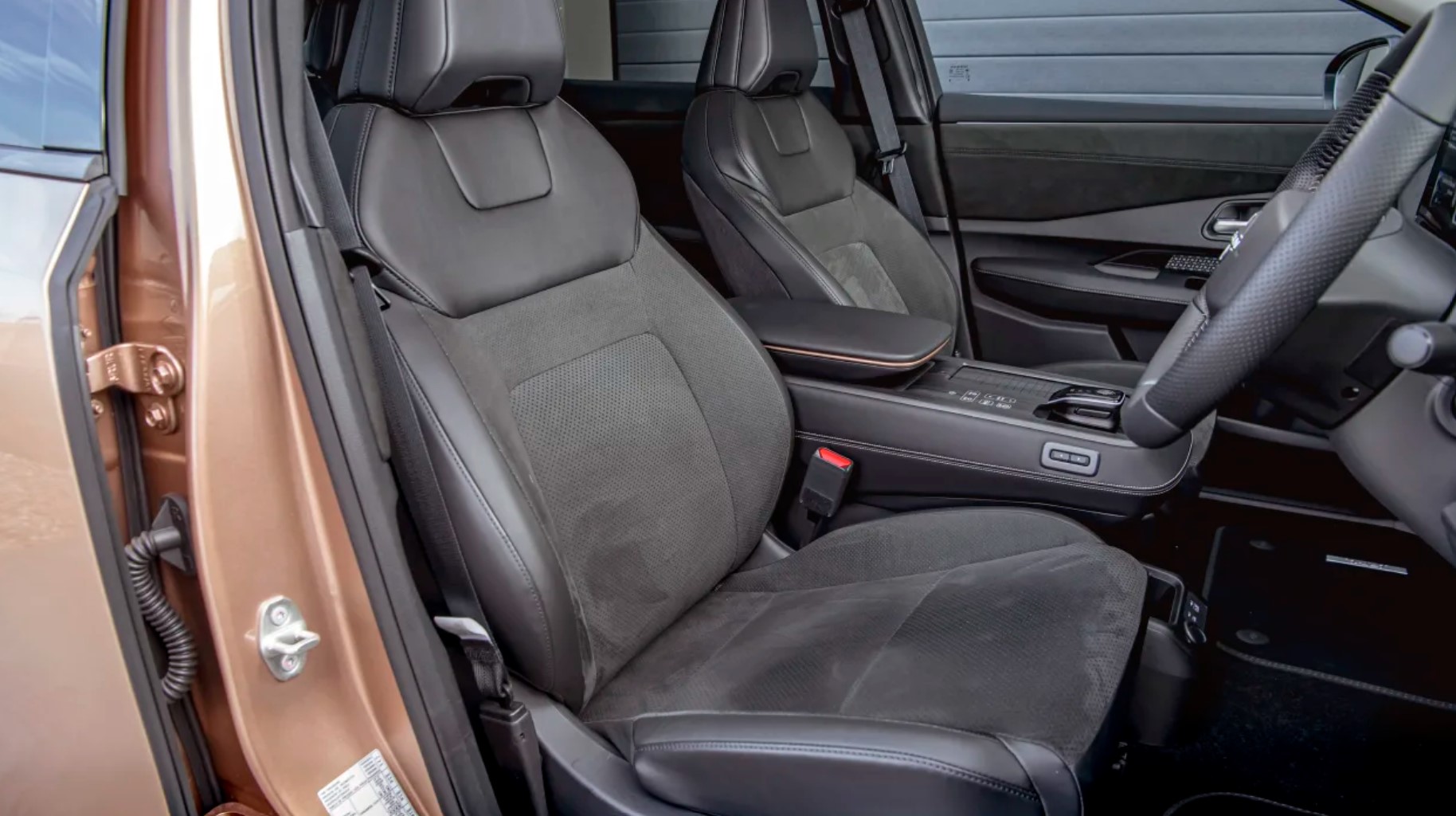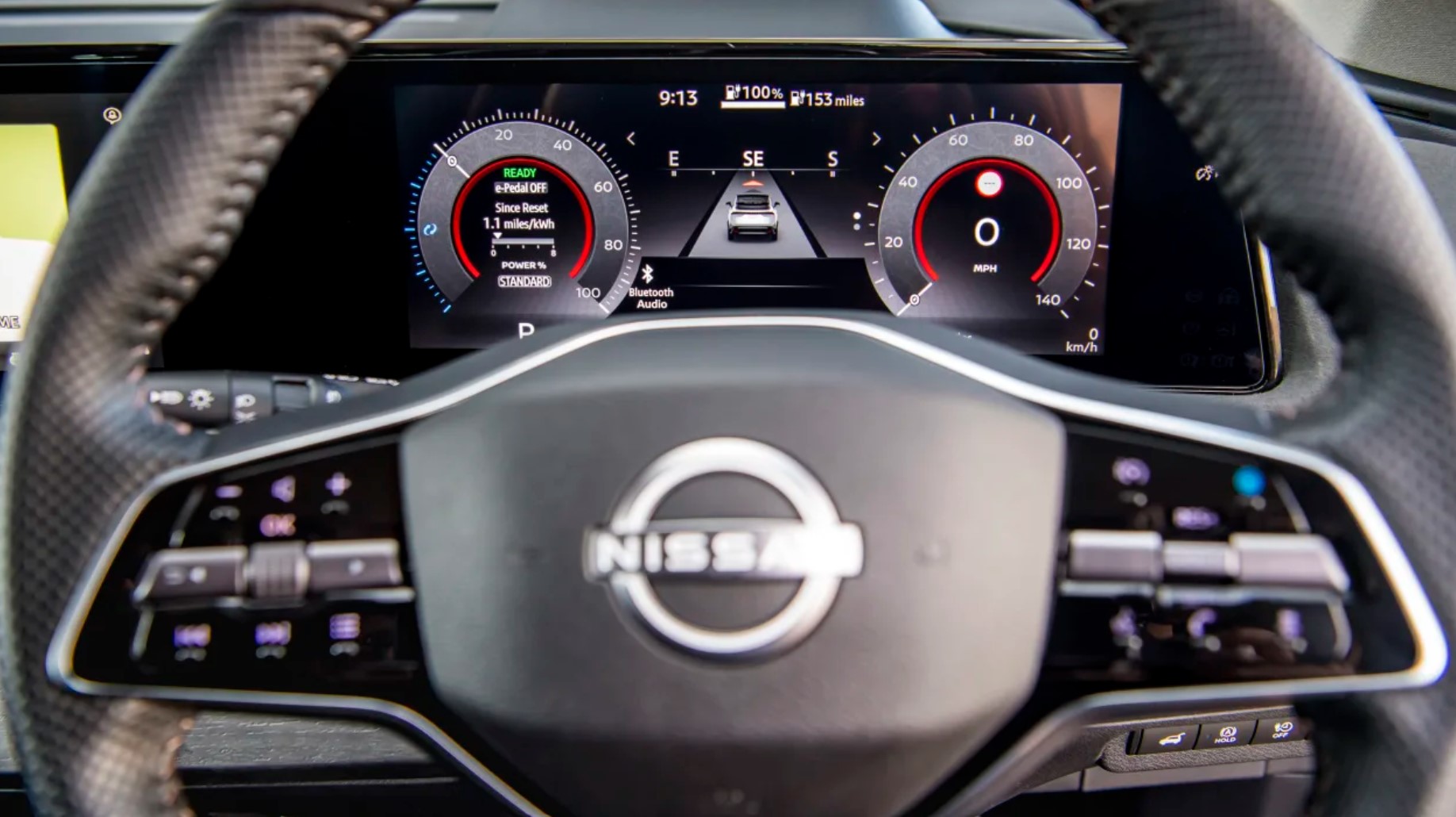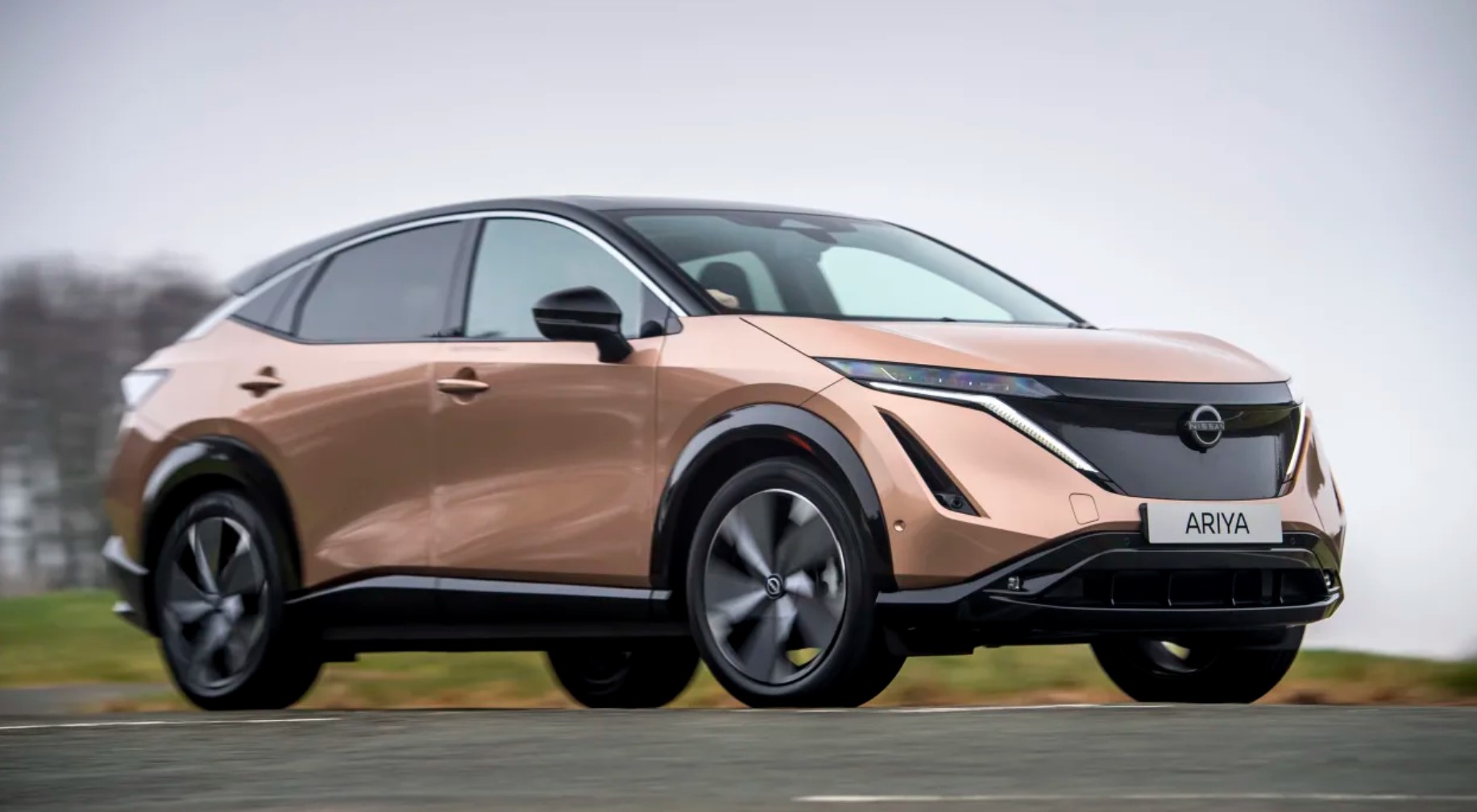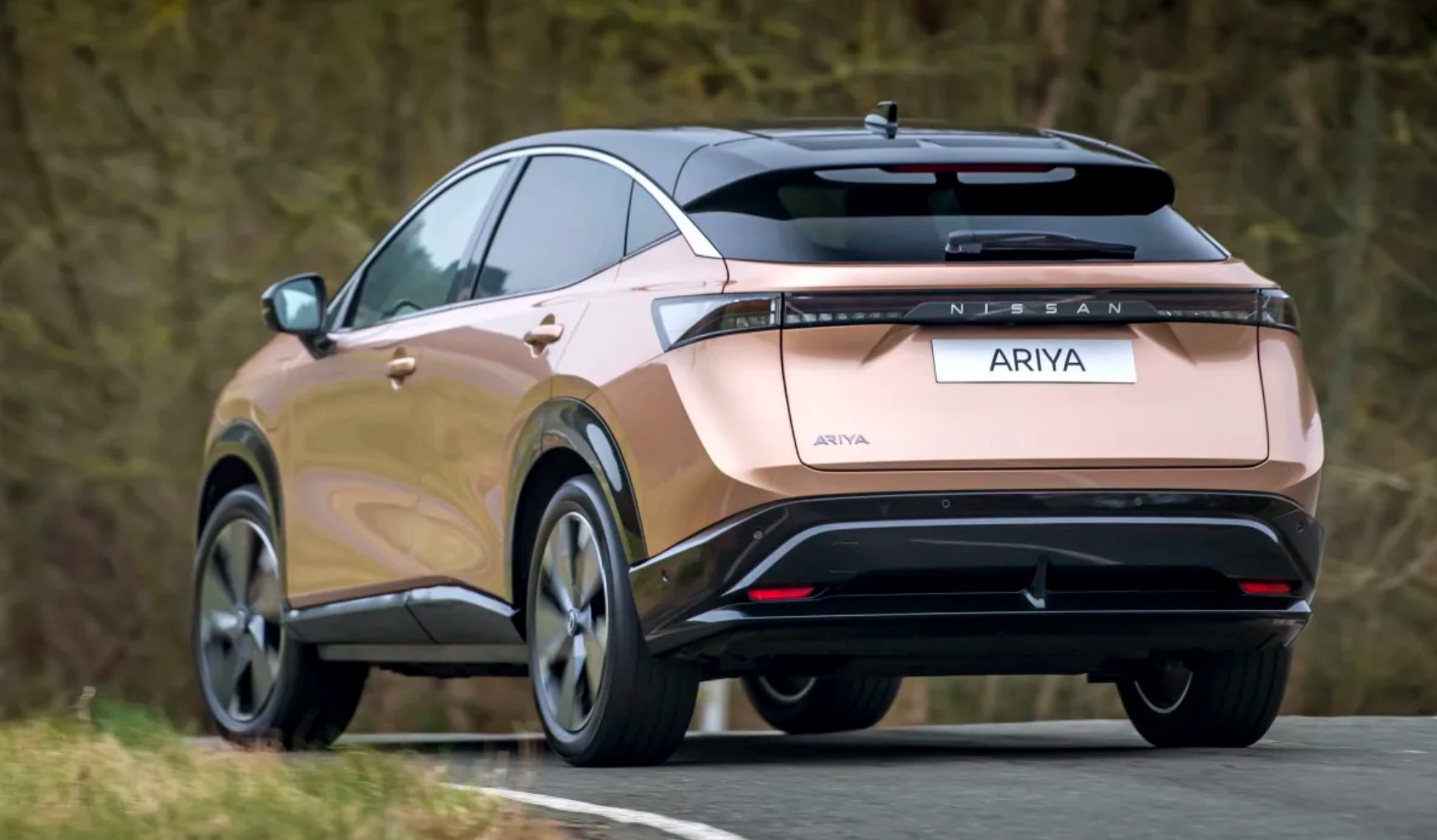The first short drive of Nissan’s new electric family-car challenger reveals lots of promise.
It’s hard to believe that we first saw the Nissan Ariya all the way back in 2019 as a Tokyo Motor Show concept car. It will hit some right-hand drive markets later in 2022, but for now, Australia’s timing is unclear – and 2023 should be the earliest we could see it here.
We’ve now had our first drive of the Ariya – albeit in a near-production prototype on a closed test track, rather than on public roads, so we can’t deliver the definitive verdict yet. But we can give you our first impressions of what’s set to be a very important player in the electric family-car market, going toe-to-toe with models like the Kia EV6 and Toyota bZ4X.
Unlike the early days of electric cars, offering a range of battery sizes and power outputs has become common now, and the Ariya is no exception. Its line-up kicks off with the Advance (which we’ve driven here), packing a 63kWh battery feeding a single 160kW electric motor driving the front wheels. Claimed range is 400km.
All other models in the range use a larger 87kWh battery, starting with the Evolve, which boasts a range of over 480km. Thanks to it also being single-motor and front-wheel drive, this is the longest-range variant you can buy at the outset. There are also two dual-motor, four-wheel-drive variants – Evolve and Performance – which increase power to 225kW and 280kW respectively, but get less range from the 87kWh battery, at 460km and 400km.
The Ariya’s maximum rapid-charging speed when using public points is a respectable if not groundbreaking 130kW. Nissan is keen to emphasise that the car offers a ‘flat’ charging curve, with fewer peaks and troughs in speed over the course of a charging session – a claim we’ll have to evaluate in the real world. The on-board charger for domestic charging can be upgraded to 22kW, although as always it’s only worth doing so if you have access to a premises with electrics that can deliver that speed of charge.
Nissan has already announced pricing for the Ariya in the UK, with the entry-level 63kWh model coming in at a shade under £42,000 (AUD$75,000), the front-drive Evolve just above £51,000 (AUD$90,000), the four-wheel-drive Evolve just under £54,000 (AUD$96,000) and the Performance flagship topping the pile at nearly £58,500 (AUD$104,000).
That puts the Ariya firmly in premium-brand territory so its styling, technology and interior had better be up to the challenge if this car is to win over customers.
So is it? Well, from the outside it definitely looks good – premium, even. There are nice details, such as concealed window seals, those slim LED daytime running lights tucked under the equally skinny headlights and the refreshed Nissan logo sitting proud on the smooth and dark front panel. It has suitably SUV-like proportions, with 185mm of ground clearance, but looks sleeker thanks to that coupe/fastback-like roofline. The whole look works particularly well in our test car’s two-tone copper body/black roof colour scheme.
Inside, the immediate impression on opening the door is one of space – lots of it. There’s a flat floor all the way across the front from the driver’s to the passenger’s side, and the dashboard is quite slim and set-back, too, thanks to a lot of heating and ventilation parts being moved under the bonnet. There’d be more than enough room to sit three abreast in front, in fact, although Nissan isn’t about to offer a bench-seat option.
Instead, there’s a slick centre console between the front seats, which can slide back and forth electronically to suit your needs and packs a pair of cupholders, drive-mode selector buttons and a smartphone wireless charging tray. There’s a glovebox and an additional ‘secret’ compartment next to it in the dashboard, too.
Sit in the driver’s seat and you’re faced with a minimalist dashboard incorporating a pair of 12.3-inch screens under a single glass panel. The driver’s digital instruments are customisable and the central screen operates the majority of the infotainment systems. Over-the-air (OTA) software upgrades, Apple CarPlay and Android Auto are all present and correct, as are ‘Hello, Nissan’ voice commands and Amazon Alexa integration.
Located just below the infotainment screen and interrupting the slim, full-width ventilation section is an on/off and volume knob. Below that is another full-width wood-effect panel with climate-control buttons. The latter are really the only part of the Ariya’s cabin we don’t like. They look cool and promise ‘haptic’ feedback, it can be hard to judge if you’ve actually pressed them or not; the impression is of style winning out over substance.
The two-spoke steering wheel is nice and chunky, incorporating infotainment and adaptive cruise control buttons, while we also like the driving position. Seat adjustment and visibility – particularly out back – both impress, too. The wide rear windows make shoulder-checks when changing lanes easy and you can brighten things up further by plumping for the Evolve model or above – all of which get a panoramic glass sunroof.
The front compartment’s spaciousness extends to the rear, where there’s still generous knee and foot space even with the driver’s seat set up for a six-footer, while wide-opening doors make the job of fitting a child seat and strapping in its occupant easier. Boot capacity is a decent 466 litres in the front-drive models, dropping to 408 litres in the four-wheel-drive variants due to the presence of their extra motor.
So with everyone on board and the technology set up to your liking, what’s the Ariya actually like to drive? We can’t give a comprehensive verdict just yet, as our first drive was limited to a short run on a smooth private test track, but even that limited impression was very promising.
The car goes into ‘Standard’ driving mode by default, which results in more modest acceleration than you might expect from an electric car; you just need to flick it into ‘Sport’ for that familiar pushed-back-in-your-seat feeling. But Nissan seems to have been more focused on comfort than speed with the Ariya, in keeping with the car’s premium positioning. And the news is good on that front: it feels smooth, solid and planted.
Like all electric cars, the Ariya is quite heavy (1800kg for the entry-level example we drove, rising to 2300kg with a bigger battery and more kit), but direct steering and healthy power delivery help it to feel agile and eager to change direction rather than sluggish. Ride quality is one element we really can’t judge until we hit proper public roads, although the car seemed to cope well with a bit of kerb-riding at the edge of the track. The quietness of the motor and general level of sound suppression both seemed impressive.
Fans of the Nissan Leaf’s ‘e-Pedal’ one-pedal driving capability may be disappointed when they try an Ariya, however. The company says it has tuned the car’s pedal to feel like that of an internal-combustion-engined model, perhaps with EV newcomers in mind, and has even renamed the system ‘e-Pedal Step’ to reflect the fact that it won’t bring you to a complete stop any more. Its action also felt hesitant and abrupt at times when we were driving, although that could be some final wrinkles to be ironed out for the final production version.
But like all the downsides we’ve mentioned, this a minor quibble; overall, the Ariya has all the makings of a top-class addition to the electric family SUV market and to a large extent justifies its premium pricing and positioning. Nissan’s greater experience with electric cars than most brands really shines through here.
Steve Fowler




